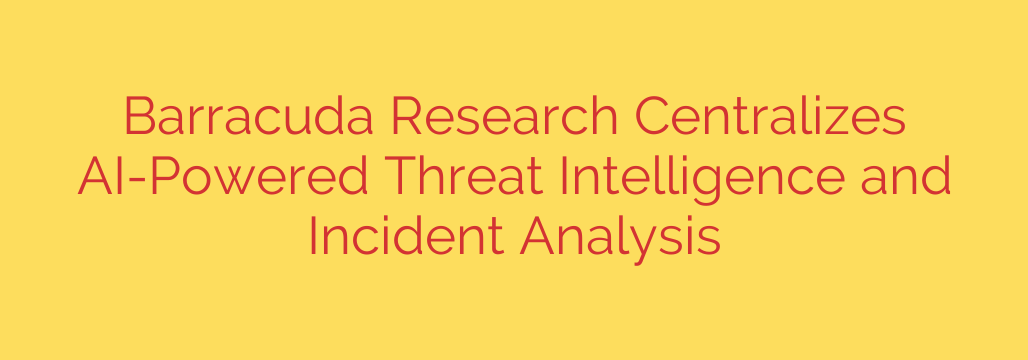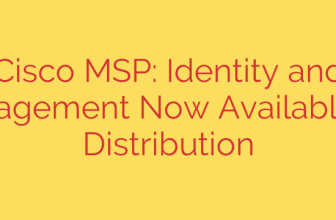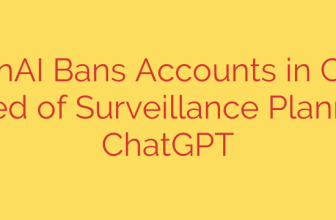
Unifying the Battlefield: How AI is Revolutionizing Threat Intelligence and Incident Response
The modern cybersecurity landscape is a complex, fast-paced environment. Attackers are using increasingly sophisticated methods, launching multi-stage campaigns that target organizations from every angle. For security teams, the sheer volume of data and alerts from disconnected systems can be overwhelming, making it difficult to see the full picture of an attack.
A fundamental shift is underway to combat this challenge: the centralization of threat intelligence powered by artificial intelligence. By breaking down data silos and applying machine learning, organizations can move from a reactive defense to a proactive, predictive security posture.
The Problem with Fragmented Security Data
Traditionally, security solutions have operated in isolation. An email security gateway flags a phishing attempt, a network firewall blocks suspicious traffic, and a cloud security tool detects unusual login activity. While each alert is valuable, they often exist as separate pieces of a puzzle. Security analysts are left to manually connect the dots, a time-consuming process that can allow threats to slip through the cracks.
This fragmented approach leads to significant challenges:
- Alert Fatigue: Analysts are inundated with notifications, making it hard to distinguish real threats from false positives.
- Missed Connections: A low-level alert in one system might be the critical first step of a major attack revealed by another system, but the connection is never made.
- Slow Response Times: The time spent manually correlating data is time an attacker has to move deeper into your network.
The Power of a Unified, AI-Driven Approach
The next evolution in cyber defense involves creating a single, cohesive view of the entire threat landscape. This is achieved by aggregating and analyzing data from every corner of the digital environment. By feeding this massive dataset into a centralized AI engine, security platforms can uncover insights that were previously impossible to see.
The core of this strategy is the integration of intelligence from critical sources, including:
- Email Security: Analyzing malicious attachments, phishing links, and social engineering tactics.
- Web and Network Traffic: Monitoring for command-and-control (C2) communication, malicious downloads, and unusual data exfiltration.
- Cloud Applications: Detecting compromised accounts, unauthorized access, and malicious behavior within SaaS platforms.
- Data Protection: Identifying patterns related to ransomware and data theft.
When combined, this data provides a 360-degree view of an organization’s security posture.
How AI Becomes the Intelligence Engine
Collecting data is only the first step. The true game-changer is the application of advanced AI and machine learning (ML) to analyze it. An AI-powered system can process billions of data points in real-time to achieve what no human team could alone.
AI excels at detecting subtle patterns, identifying anomalies, and correlating seemingly unrelated events. For example, the system might connect a spear-phishing email (from email data) to a user clicking a link (from web data), which then leads to unusual network traffic to a foreign server (from network data) and a subsequent brute-force login attempt on a cloud application (from cloud data).
Instead of four separate, low-priority alerts, the AI engine recognizes this sequence as a coordinated attack campaign, flags it with high priority, and provides analysts with the full context of the incident.
Key Benefits of Centralized AI Threat Intelligence
This unified approach delivers tangible advantages for security operations and the business as a whole.
- Faster, More Accurate Detection: By automatically correlating events, AI dramatically reduces the time it takes to identify a genuine threat, enabling security teams to respond before significant damage occurs.
- Deeper Threat Insights: Instead of just blocking an IP address or a malicious file, security teams gain a comprehensive understanding of the attacker’s tactics, techniques, and procedures (TTPs). This knowledge is crucial for strengthening defenses against future attacks.
- Proactive Defense: The intelligence gathered from global threats can be used to proactively protect your organization. If a new phishing campaign is detected targeting one sector, the AI can automatically update security rules across the entire platform to block it before it ever reaches your users.
Actionable Security Tips for Your Organization
To prepare for this new era of cybersecurity, businesses should focus on integration and intelligence.
- Prioritize Integrated Solutions: When evaluating security tools, look for platforms that offer a unified architecture. Choose vendors that prioritize data sharing and correlation between their email, network, cloud, and endpoint security products.
- Embrace AI and Machine Learning: Move beyond tools that rely solely on static signatures. Invest in security solutions that have a proven track record of using AI and ML to detect novel and zero-day threats.
- Foster Cross-Team Collaboration: Encourage your security, network, and IT teams to work together. A unified security platform is most effective when the people managing it share information and insights.
- Stay Informed: The threat landscape is constantly changing. A centralized intelligence platform provides invaluable, up-to-the-minute information on emerging threats, allowing you to adapt your defenses accordingly.
Ultimately, the future of cybersecurity lies in harnessing the power of data. By centralizing threat intelligence and leveraging AI for analysis, organizations can finally get ahead of attackers, transforming their security posture from reactive to resilient.
Source: https://www.helpnetsecurity.com/2025/10/07/barracuda-research/








